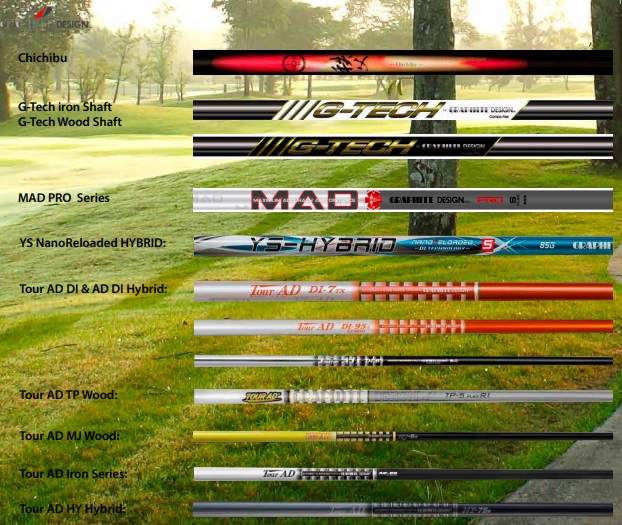Table Of Content

Think of Sequential Design as the nimble athlete of experimental designs, capable of quick pivots and adjustments to reach the finish line in the most effective way possible. But just like an athlete needs a good coach, this design requires expert oversight to make sure it stays on the right track. However, this design can be complex to analyze because it has to account for both the time factor and the changing conditions in each 'step' of the wedge. And like any study where participants know they're receiving an intervention, there's the potential for the results to be influenced by the placebo effect or other biases. In a Stepped Wedge Design, all participants or clusters start off in the control group, and then, at different times, they 'step' over to the intervention or treatment group.
Pre-experimental Research Design
The intertwining of study design and statistical analysis may have been caused (unintentionally) by R.A. As a result, many ANOVA books were titled Experimental Design (see, for example, Edwards12), and ANOVA courses taught in psychology and education departments included the words experimental design in their course titles. The role of study design is explored from the introduction of the concept by Fisher through modern-day scientists and the AMA Manual of Style. At one time, when experiments were simpler, the study design and statistical design were identical or very similar. The independent variables are the experimental treatment being exerted on the dependent variables. Extraneous variables, on the other hand, are other factors affecting the experiment that may also contribute to the change.
Some theory on experimental design…with insight into those who run them - World Bank
Some theory on experimental design…with insight into those who run them.
Posted: Wed, 20 Apr 2016 07:00:00 GMT [source]
Why Use Experimental Research Design?
Factorial designs are widely used in psychology to untangle the web of factors that influence human behavior. They're also popular in fields like marketing, where companies want to understand how different aspects like price, packaging, and advertising influence a product's success. Factorial Design became the talk of the town with the rise of computers.
The one chart you need to understand any health study - Vox.com
The one chart you need to understand any health study.
Posted: Mon, 05 Jan 2015 08:00:00 GMT [source]
What is experimental research: Definition, types & examples
Observational studies are those where the researcher is documenting a naturally occurring relationship between the exposure and the outcome that he/she is studying. The researcher does not do any active intervention in any individual, and the exposure has already been decided naturally or by some other factor. For example, looking at the incidence of lung cancer in smokers versus nonsmokers, or comparing the antenatal dietary habits of mothers with normal and low-birth babies.

There are several actions that could trigger this block including submitting a certain word or phrase, a SQL command or malformed data. Inferential statistics are used to make inferences or generalizations about a larger population based on the data collected in the study. This involves systematically varying the order in which participants receive treatments or interventions in order to control for order effects. This design involves grouping participants within larger units, such as schools or households, and then randomly assigning these units to different treatment groups.
Directionality of study designs
Nope, they want to study two or more at the same time to see how they interact. Pre-experimental designs are great for quick-and-dirty research when you're short on time or resources. They give you a rough idea of what's happening, which you can use to plan more detailed studies later. Randomly allocating participants to independent variable conditions means that all participants should have an equal chance of taking part in each condition.
Experimental Design Methods
A survey consists of a group of questions prepared by the researcher, to be answered by the research subject. This is very common in educational research, where administrators are unwilling to allow the random selection of students for experimental samples. In a static-group comparison study, 2 or more groups are placed under observation, where only one of the groups is subjected to some treatment while the other groups are held static.
Experimental design is a process of planning and conducting scientific experiments to investigate a hypothesis or research question. It involves carefully designing an experiment that can test the hypothesis, and controlling for other variables that may influence the results. Here, the groups are kept under observation after identifying the cause-and-effect factors. The method is commonly used by researchers to understand whether further investigations are needed for the observed groups. The more control the researcher has over the internal and extraneous variables, the better it is for the results. There may be different circumstances when a balanced experiment is not possible to conduct.
Design of experiments
Therefore, the quasi-experimental research bearing a resemblance to the true experimental research, but not the same. In quasi-experiments, the participants are not randomly assigned, and as such, they are used in settings where randomization is difficult or impossible. The types of experimental research design are determined by the way the researcher assigns subjects to different conditions and groups.
The independent variable of a study often has many levels or different groups. Thus, when everything else except for one intervention is held constant, researchers can certify with some certainty that this one element is what caused the observed change. An alternative to simple random assignment of participants to conditions is the use of a matched-groups design. Using this design, participants in the various conditions are matched on the dependent variable or on some extraneous variable(s) prior the manipulation of the independent variable. This guarantees that these variables will not be confounded across the experimental conditions. For instance, if we want to determine whether expressive writing affects people’s health then we could start by measuring various health-related variables in our prospective research participants.
This should be done by random allocation, ensuring that each participant has an equal chance of being assigned to one group. Archival data involves using existing records or data, such as medical records, administrative records, or historical documents, as a source of information. This is necessary to construct the framework to develop the research questions that address the core issue. Undefined research problems affect the research design and the conclusions.
A factorial design could reveal that age is a crucial factor, something you might miss if you only studied the drug's effectiveness in general. It's like being a detective who looks for clues not just in one room but throughout the entire house. It wants to be just like its famous relative, but it's a bit more laid-back and flexible. You'll find quasi-experimental designs when it's tricky to set up a full-blown True Experimental Design with all the bells and whistles.
That is why are are different research designs to accommodate the needs of researchers. With experimental research, researchers can also collect detailed information about the participants by doing pre-tests and post-tests to learn even more information about the process. With the result of this type of study, the researcher can make conscious decisions. “Statistical Design” or, preferably, “Statistical Analysis” or “Data Analysis” should be the last subsection of the “Methods” section. Study, experimental, or research design is the backbone of good research. It directs the experiment by orchestrating data collection, defines the statistical analysis of the resultant data, and guides the interpretation of the results.
In other words, it is when you gather two or more variables and compare and test them in controlled environments. Next is a paragraph detailing who the participants were and how they were selected, placed into groups, and assigned to a particular treatment order, if the experiment was a repeated-measures design. And although not a part of the design per se, a statement about obtaining written informed consent from participants and institutional review board approval is usually included in this subsection.
Secondly, it's useful when resources are limited and it's not feasible to roll out a new treatment to everyone at once. Lastly, because everyone eventually receives the treatment, it can be easier to get buy-in from participants or organizations involved in the study. Imagine you're trying out a new gardening technique, but you're not sure how well it will work.










